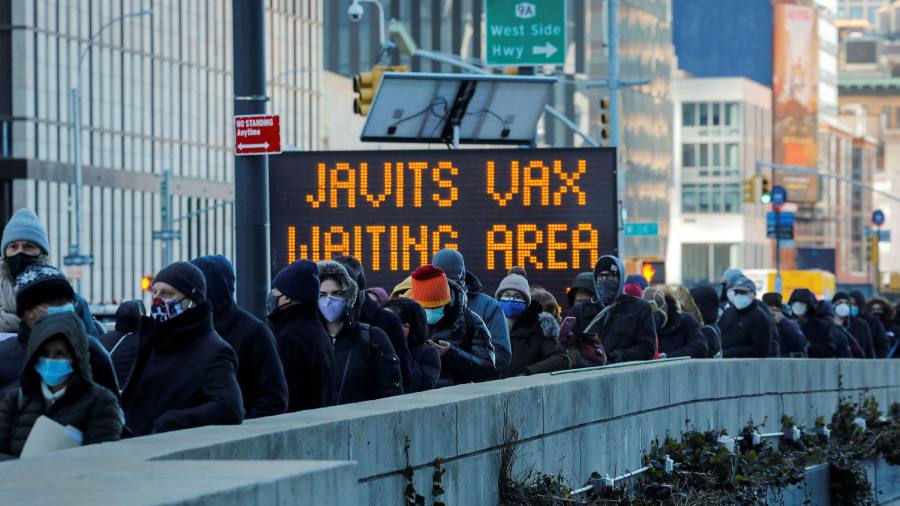Nine out of 10 coronavirus deaths occurred in countries with high levels of obesity, according to a survey supported by the World Health Organization, which establishes the strong correlation between excessive weight and lives lost due to the disease.
The World Obesity Federation (WOF) study, which represents scientists, medical professionals and researchers from more than 50 regional and national obesity associations, showed that mortality rates were 10 times higher where at least 50% of the population was overweight .
It offers new insight into why people in some countries die at much higher rates after catching the virus than in others.
Age has been seen as the biggest indicator of serious outcomes, which has meant that priority has been given to the elderly in the distribution of the Covid-19 vaccine in most countries. But WOF said its report “shows for the first time that overweight populations come in second.” Now, he asks that this group be prioritized for immunization.
Tedros Adhanom Ghebreyesus, WHO director-general, said the report “should act as a wake-up call for governments around the world” to combat obesity.
Analysis of the latest mortality data from Johns Hopkins University and data from the WHO Global Health Observatory on obesity showed that 2.2 million of the 2.5 million global deaths occurred in countries with high levels of obesity.
Scientists have sought to understand the difference in mortality rates between Asian and Western countries, as well as between low and high income countries. The WOF suggests that the discovery of the “common denominator” of obesity is an important part of the explanation.
Tim Lobstein, senior policy advisor at WOF and author of the report, said death rates are 10 times higher in countries where more than 50% of the population is overweight. The increase in national mortality rates where countries have exceeded the 50 percent threshold for the overweight population has been “dramatic”.
The report, released before World Obesity Day on Thursday, found no single example of a country where less than 40 percent of the population was overweight and had high mortality rates. On the other hand, no country with high mortality rates – at least 100 per 100,000 – had less than 50% of its overweight population.

Vietnam, for example, has the lowest mortality rate recorded in the world and the second lowest level of overweight people: only 0.04 per 100,000 deaths from Covid-19 and 18.3 percent of overweight adults, according to WHO data.
In contrast, the UK has the third highest mortality rate in the world and the fourth highest obesity rate, with 184 deaths per 100,000 and 63.7 percent of overweight adults. It is followed by the USA, with about 152 deaths per 100,000 and almost 68 percent obese.
Tedros said: “The correlation between Covid-19’s obesity and mortality rates is clear and compelling.” Public health investments and coordinated international action are needed to tackle the root causes of obesity, he added, as “one of the best ways for countries to build resilience in post-pandemic health systems”.
Lobstein, a visiting professor at the University of Sydney and a former WHO adviser, said governments have failed to tackle obesity for many years, despite UN targets. However, Covid-19 was just the latest infection aggravated by weight problems: “We have seen this in the past with Mers, H1N1 and other respiratory illnesses,” he added.
The report also presented an economic case for obesity control action, saying that the costs of closing societies to prevent health services from being overcome “could have been significantly mitigated if governments had addressed the issues of weight before the population. pandemic”.
Of the $ 28 trillion projected by the IMF as the global cost of lost economic production worldwide by 2025, “at least $ 6 trillion will be directly attributable to the issue of populations living with excess weight,” he argued.
